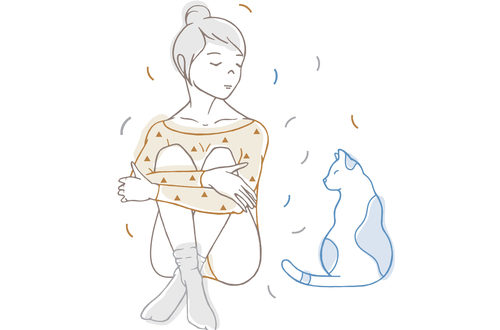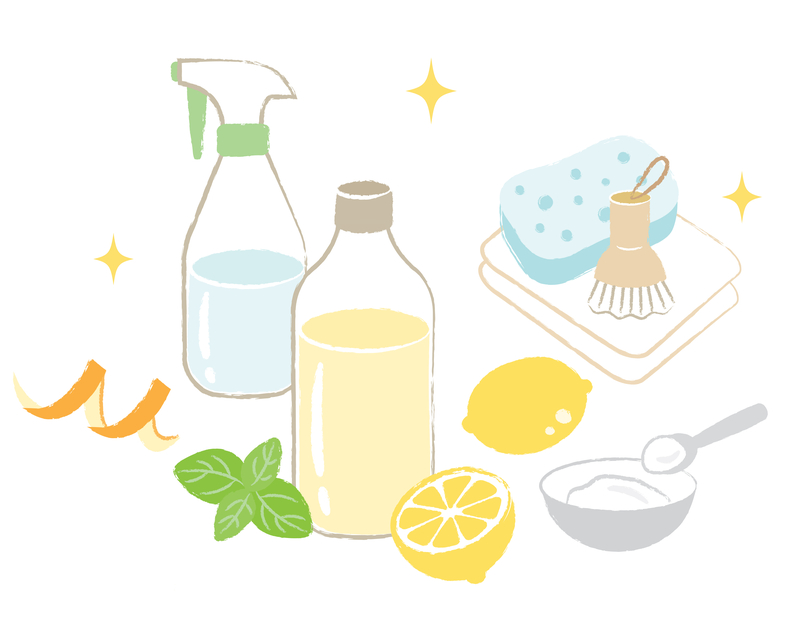
Cleaning Your Home and Yourself Conscientiously
We’ve taken out a loan on our Earth’s durability and resources, and not to further an already horrible metaphor, but Earth is about ready to collects on its dues—with a load of interest. It’s important to remember that your choices everyday have an influence on this issue. It may not seem like much, but there’s actually a lot you can do when it comes to your everyday tasks in order to reduce your negative impact.
Why the Ingredients Matter
Chemicals found in cleaning products are often harmful to consume for humans, plants, and animals. When you wash your bathtub or empty a bucket of mop water, the contaminated water typically runs through water treatment and most of the chemicals are eliminated; however, over time chemicals are exposed to the environment. You can imagine how this problem amongst millions of people around the world could impact the Earth so greatly over time.
How Are You Cleaning Your Home?
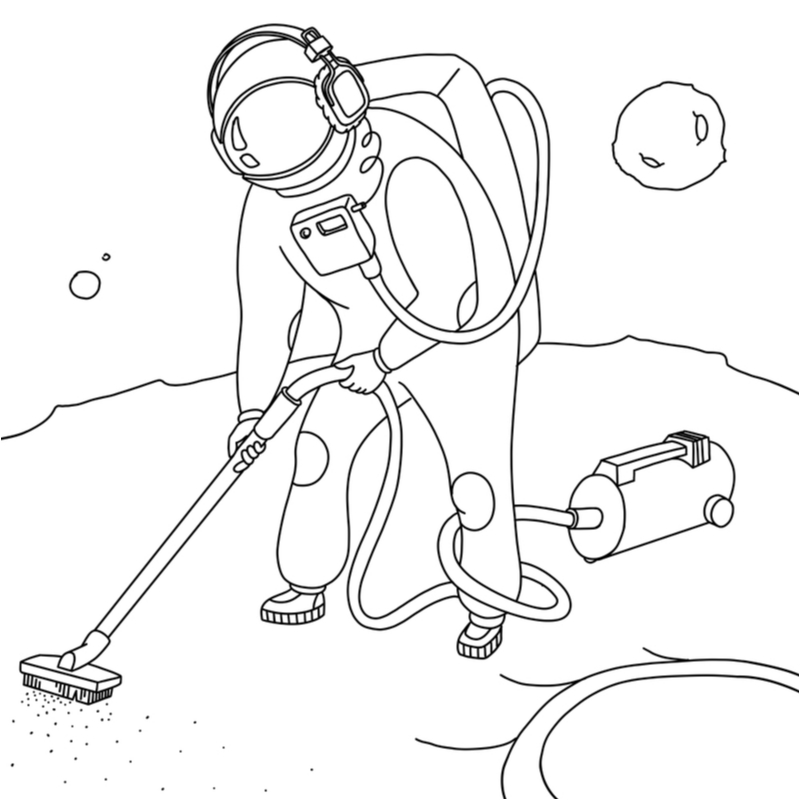
So what are you cleaning with? Did you know that for some of your household chores, you have environmentally-safe options? Method is a brand that utilizes recycled packaging, is ethically sourced, and is listed as organic. The price for Method products usually ranges from $3.99-$5.99, so not much more expensive than your typical cleaner. Another similar brand is Seventh Generation, which features organic supplies in recycled packaging as well. Seventh Generation is a bit pricier, usually ranging from $3-$12 per item, but some things it offers that Method does not are baby and feminine hygiene products.
Common Good is a brand that specializes in 100% biodegradable and reusable packaging, as well as 100% essential oil components. Again, this gets even pricier as the bottles are reused, and the types of cleaners are limited. There’s quite a number of other options available when it comes to eco-friendly cleaning, but some of them may be pricey for those on a budget.
Budget-Friendly, Eco-Friendly Cleaning
Sometimes you don’t have the money for the fancier stuff. If you are having trouble keeping up paycheck to paycheck, I’ve previously written on small ways you can make side cash and budget, and it’s really important to know how to budget correctly—there are even apps that can help you do it! Anyway, if you can’t afford store-bought cleaner, that’s fine because there’s a lot of DIY options. You can consider the following as alternative cleaning methods to chemical cleaner.
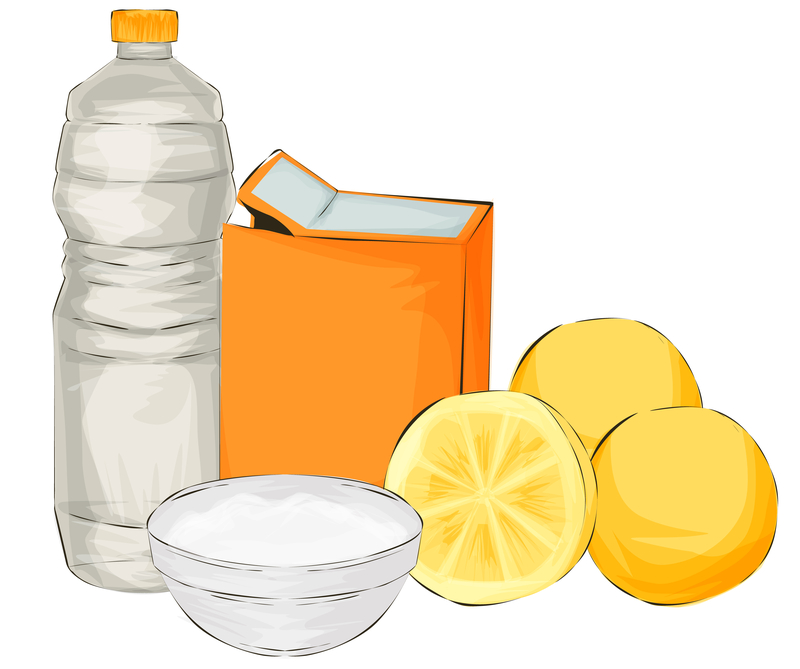
- Use lemon to clean hard water stains on bathtubs and sinks
- Alka-Seltzer, vinegar, and boiling water to clear clogged pipes
- Vinegar soaked in rags to break down hard water grime around faucets
- You can use vinegar and baking soda to remove mold
- Use vinegar, baking soda, and lemon to clean toilet
- Use vinegar, rubbing alcohol, castile soap, and water to clean floors
- For a disinfectant, use water, liquid soap, and tea tree oil
- For a serious disinfectant, mix ½ cup baking soda, 1 teaspoon castile soap, and ½ teaspoon hydrogen peroxide
- Need a degreaser? Try salt and lemon
- That degreaser didn’t work? Try olive oil and salt. That should do it
- Clean stainless steel with cream of tartar
- Use chalk or salt on clothing stains before putting into wash
- Use aluminum foil to replace dryer sheets—though it won’t soften your clothes
- But fear not! You can use, yes you guessed it, vinegar and essential oils to soften your clothes in the washer
There’s a lot of alternatives, and to be honest, half of them involve vinegar—it’s like the holy grail for cleaning. Not only are these alternatives typical household materials that are relatively cheap, but they are all environmentally-conscience. It doesn’t take that much extra effort to utilize these than it does to buy and use chemical-based products.
Clean Hygiene
What you use to keep yourself clean and maintained matters—but not just for you. There’s a lot of non-organic product used, especially when it comes to hair, skin, and feminine hygiene, and while that might not be directly detrimental, there are other organic options that are better for you and the waste your produce.
Cleaning Your Hair and Skin
First let’s address the biggest issue at hand: aerosol spray cans. It is now illegal to sell things such as hair sprays in cans like these, at least in the U.S., but please keep in mind that if you have any ancient cans or buy abroad, these should not be used as they deplete the ozone layer. As they are illegal, this shouldn’t be an issue, but it’s good to know in case you come across one.
You might not have considered this, but most shampoos and conditioners contain ingredients that are toxic to plants and animals. Some include:
- Sodium Laureth Sulfate: may cause mutagenic effects on animals
- Cocamidopropyl Betaine: may break down into chemicals linked to cancer
- Ammonium Chloride: harmful if swallowed
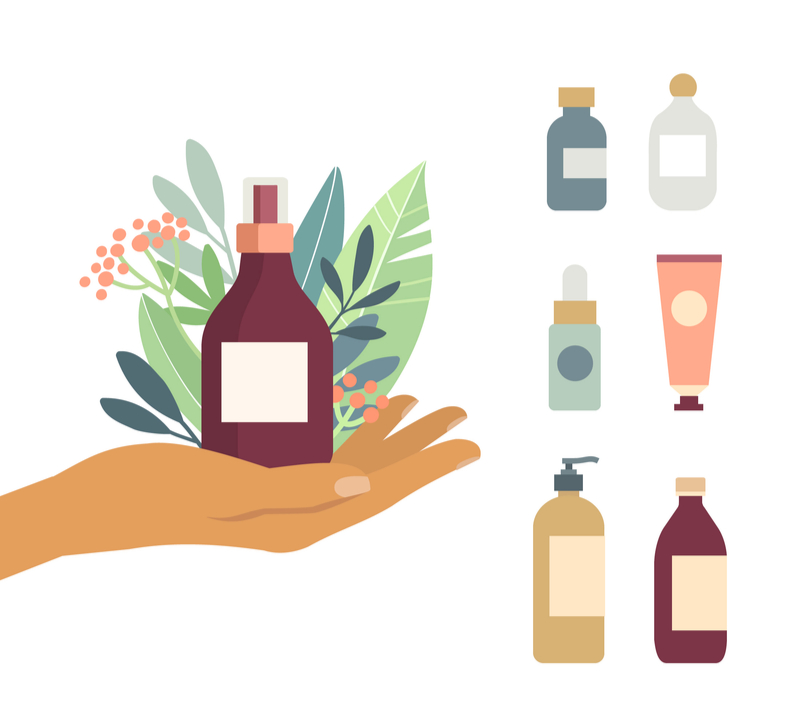
These are just come of the ingredients found in hair products, for a more comprehensive list you can look here. Also keep in mind, just because a substance is “natural” doesn’t mean it is not toxic. So, what are some alternatives? Although it might not match the standards you set for your hair care, castile soap makes for a great body wash and is a good place to start. When thinking of “green” companies, you might immediately turn to Lush. Lush has a very transparent website, and after doing a little research it seems that there are a total of 18 of their products that are totally synthetic-free and organic, found here on this article.
You’ll notice that of those 18 products, there aren’t a lot of shampoos and conditioners. That’s why I personally use Prose, a hair care brand that specializes in making shampoo and conditioner tailored to your needs and always free of parabens, mineral oil, dyes, GMOs, phthalates, and sulfates. This brand is pricy, as are Lush products, so a slightly cheaper company that usually ranges from $11-$15 is Real Purity. Real Purity is sulfate-free, paraben-free, and nontoxic. These are just a few among many that strive to create eco-soaps, and in a future post I’ll most likely list more, including hair-styling products.
The Period Problem
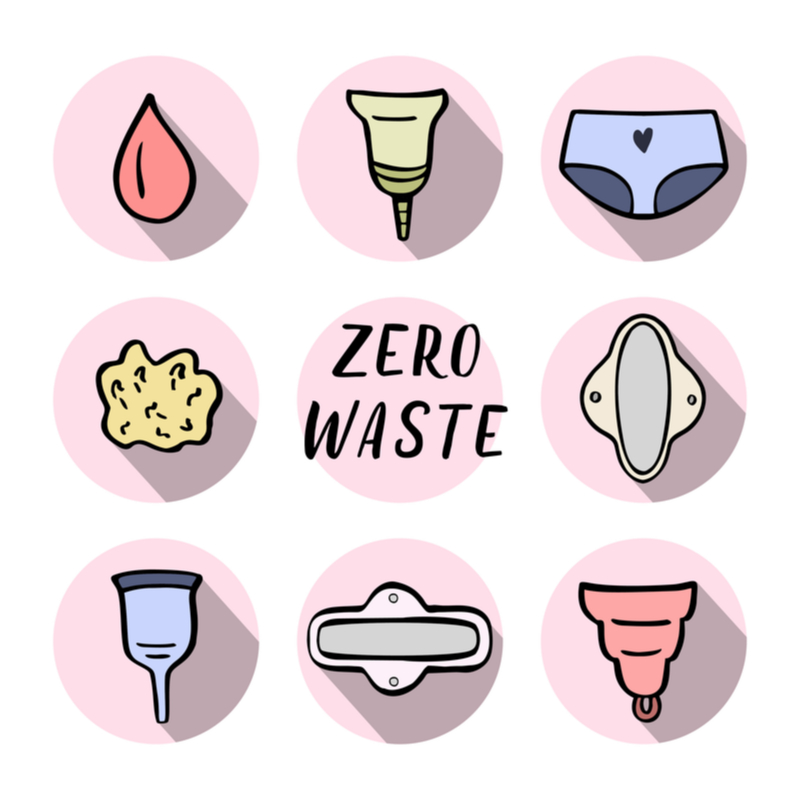
I took a look at an article from Bustle.com and found that “people who menstruate will have, on average, over 450 periods over their lifetime, from our menarche (first period) to the beginning of menopause”, and I know I use approximately 24 tampons or 21 pads per cycle. So how many is that? Something like 10,800 tampons or 9,450 pads? When you think about that per woman, that’s a lot of non-recyclable waste. Organic cotton tampons do break down, but not for a long time. Applicators are largely plastic, though there are cardboard ones that are eco-friendlier. Pads are altogether just a loss.
Surprise, surprise, there is actually a solution to this. Menstrual cups are reusable and have a long lifespan if you keep it clean, lasting around two to four years. There are also period panties with brands such as Flux and Thinx, which are underwear designed to absorb leakage. I’ve been meaning to try out this myself, as it seems like a really great option in place of tampons.



